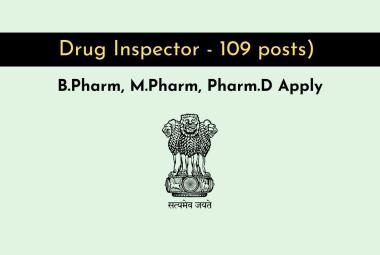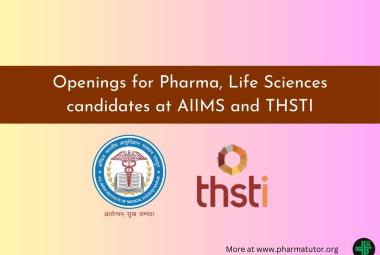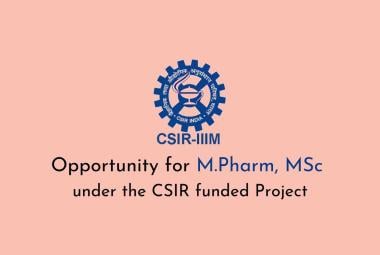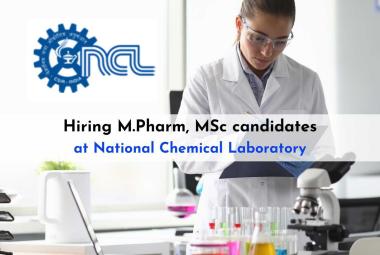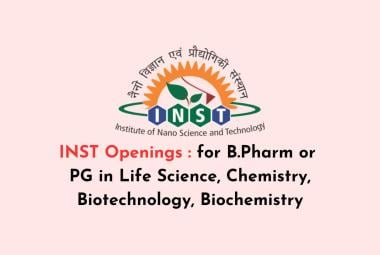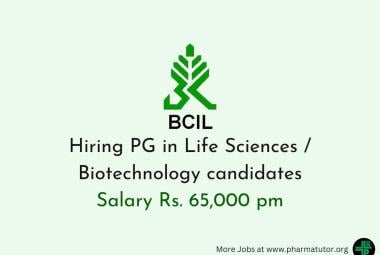PHARMACOLOGICAL EFFECTS OF SESBANIA SESBAN LINN.: AN OVERVIEW
{ DOWNLOAD AS PDF }
 ABOUT AUTHORS
ABOUT AUTHORS
Saptarshi Samajdar1, Amiya Kr. Ghosh2
1Centre for Pharmaceutical Sc. And Natural Products, Central University of Punjab
2Dept. of Pharmacy, Utkal University, Orissa
*saptarshisamajdar20@gmail.com
ABSTRACT: SesbaniaSesban Linn. (Family: Fabaceae) found all through the fields of India and ordinarily called as Jayanti. Herbals which shape a piece of our nourishment and give us an extra helpful impact are sought after and SesbaniaSesban Linn. is one of such plant. The plant has got great restorative significance. Blooms contain cyanidin and delphinidinglucosides, Pollen and dust tubes contain alphaketoglutaric, oxaloacetic and pyruvic acids. The leaves of Sesbania is additionally found to have hepatoprotective and powerful hostile to oxidant and against urolithiatic action. The ethanolic and fluid extraction of various parts of Sesbania. The present survey outlines the different pharmacological activities of Sesbaniasesban Linn.


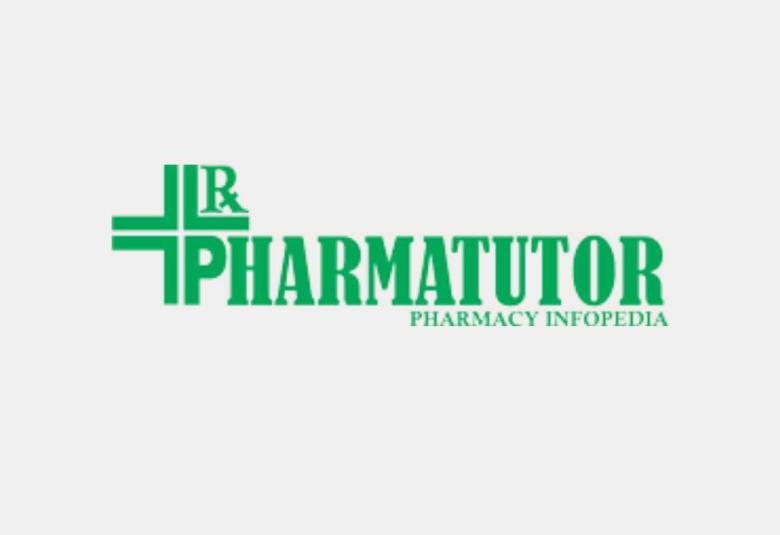



 ABOUT AUHTORS
ABOUT AUHTORS